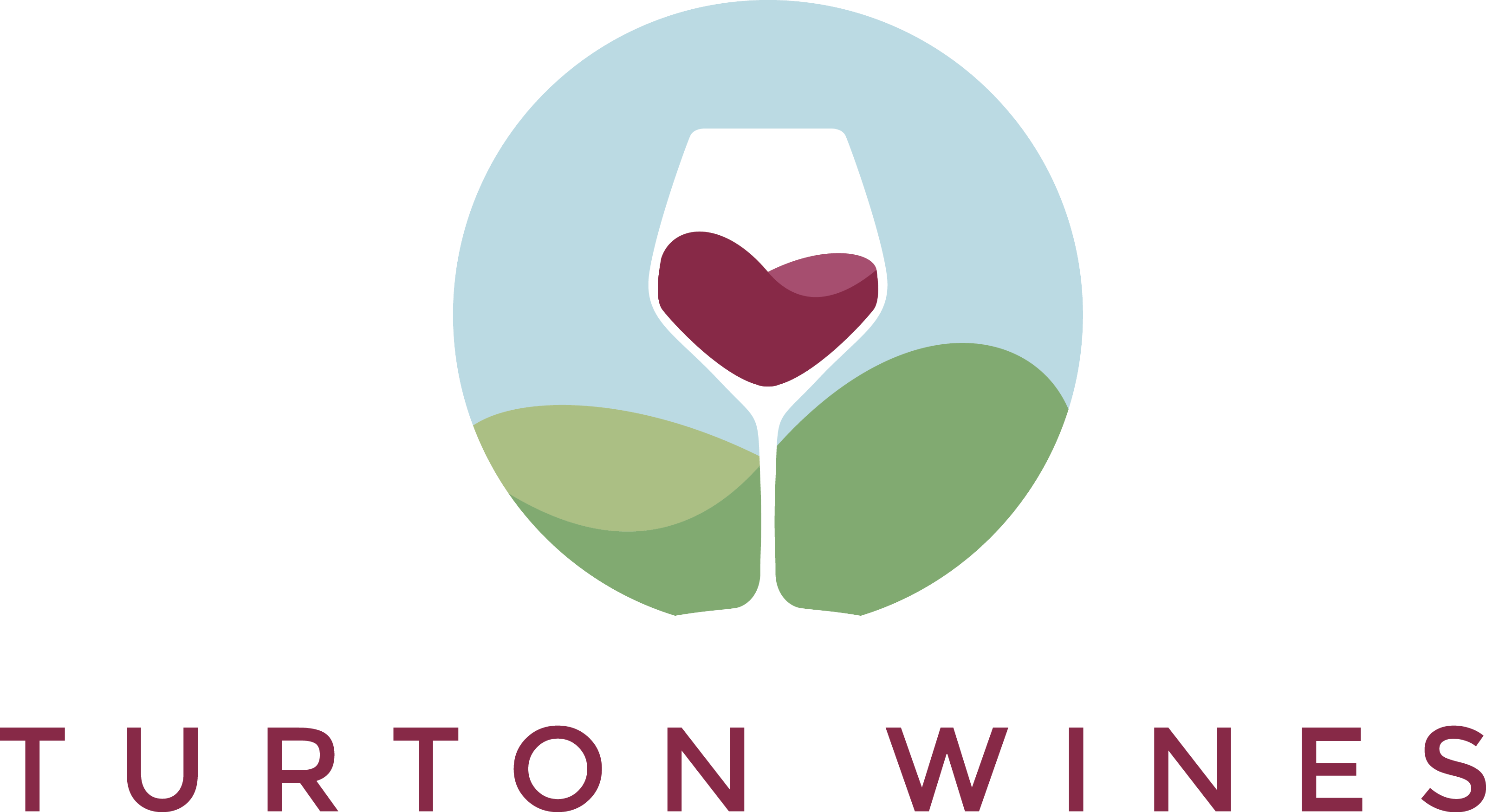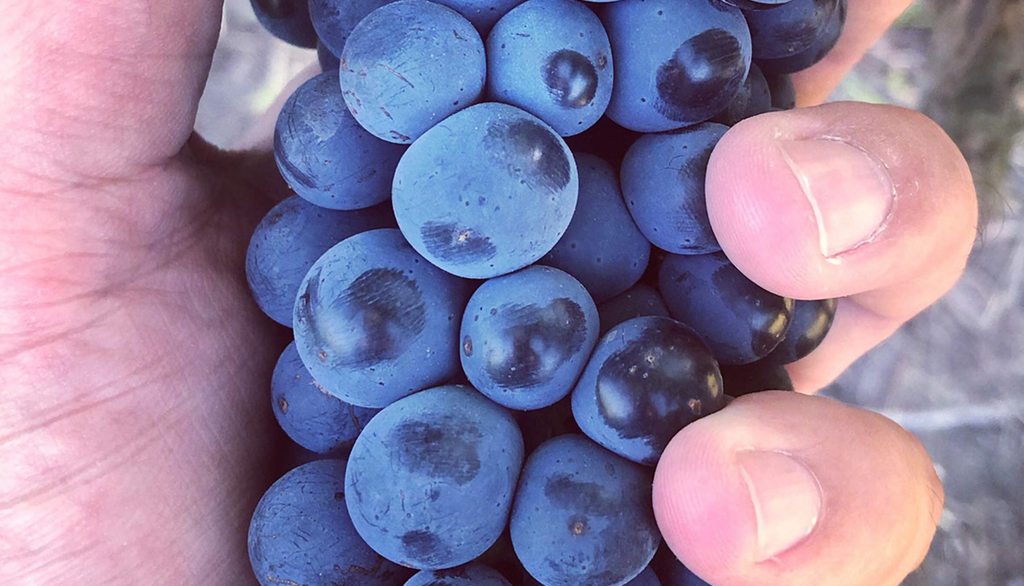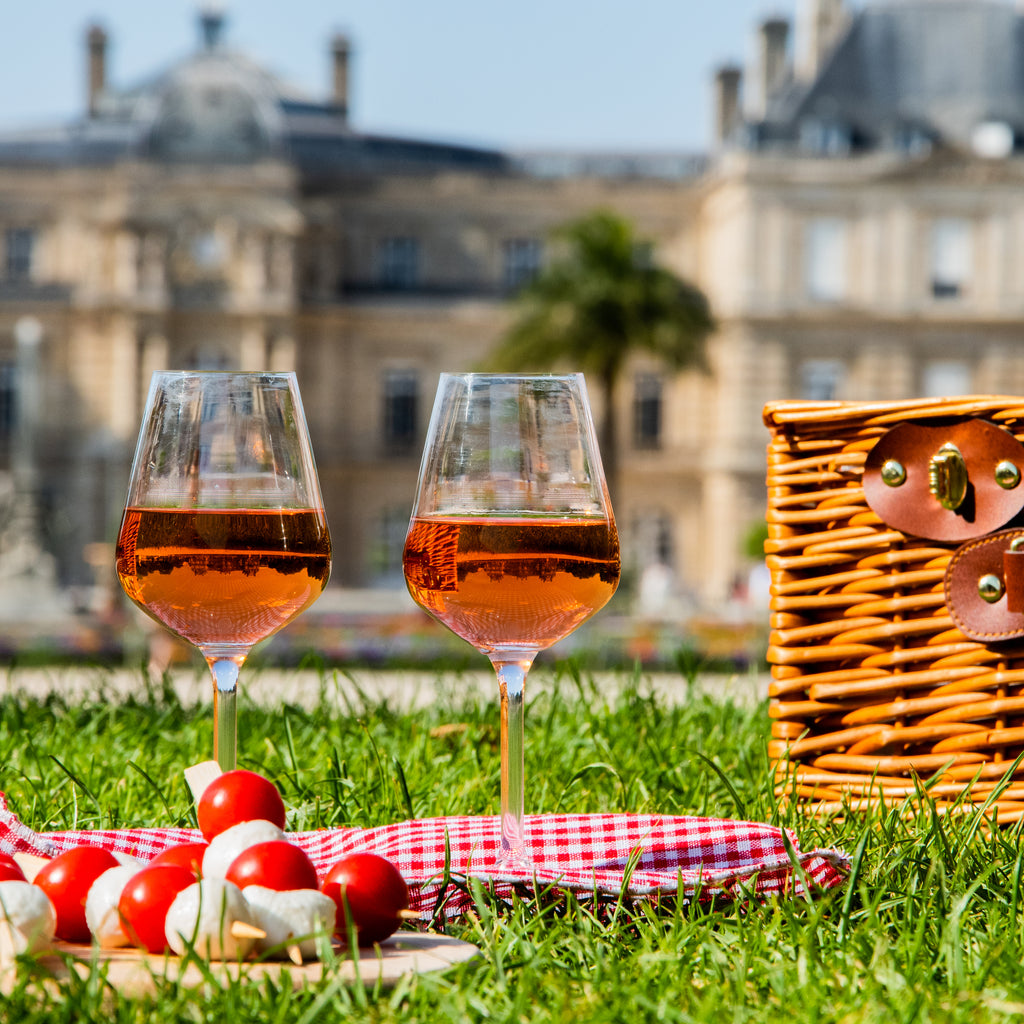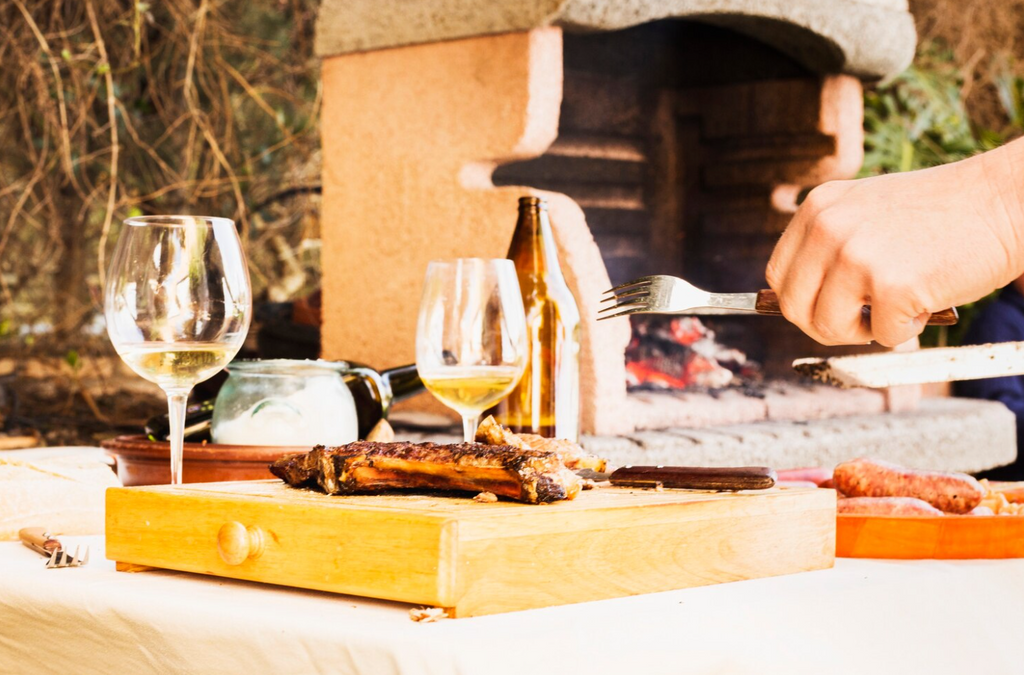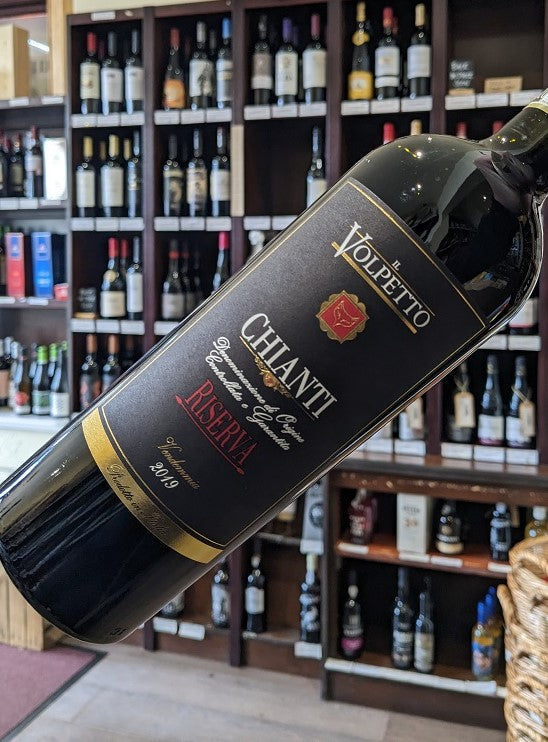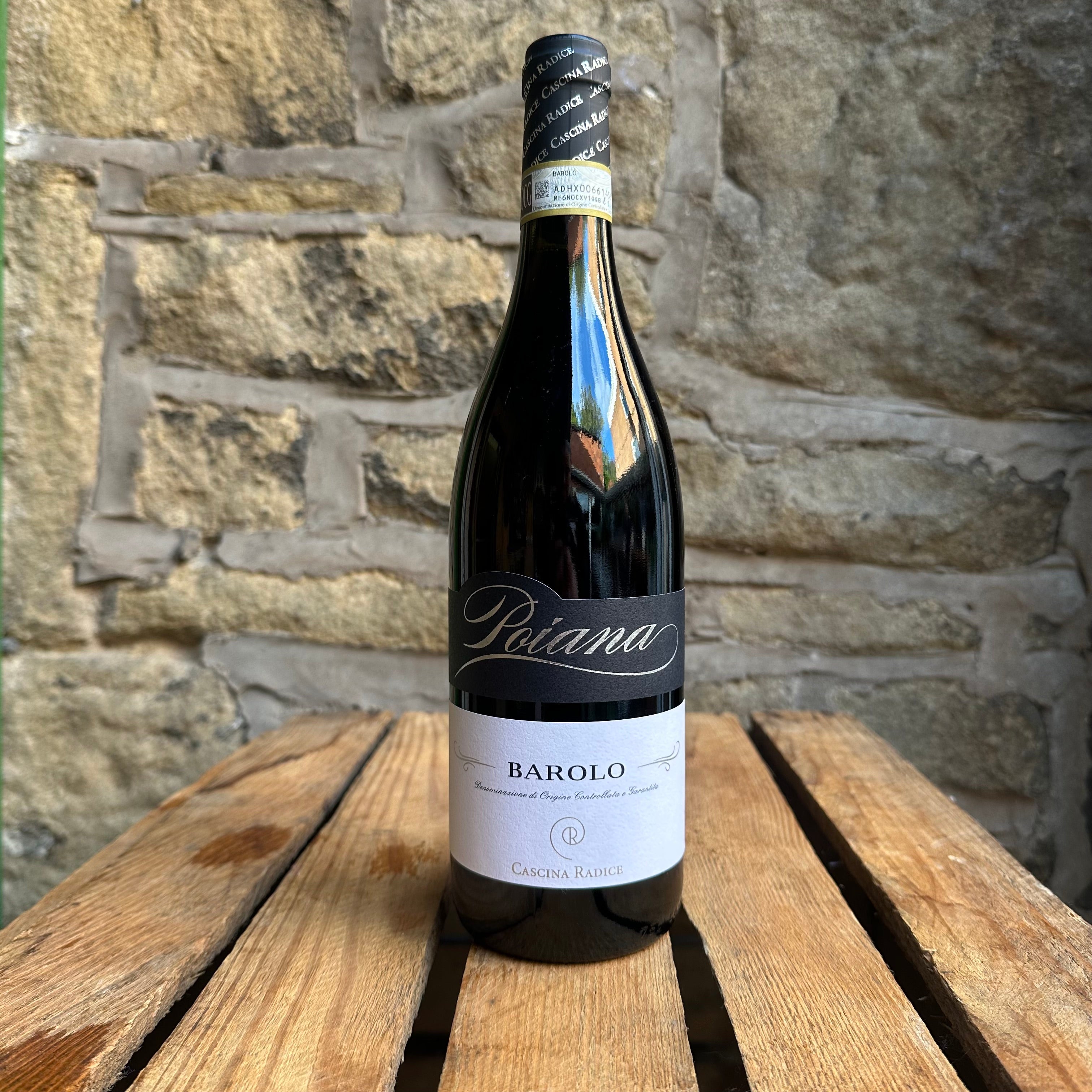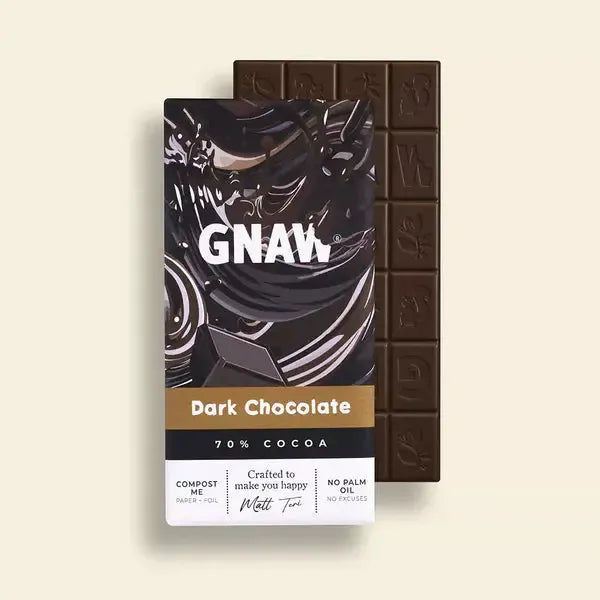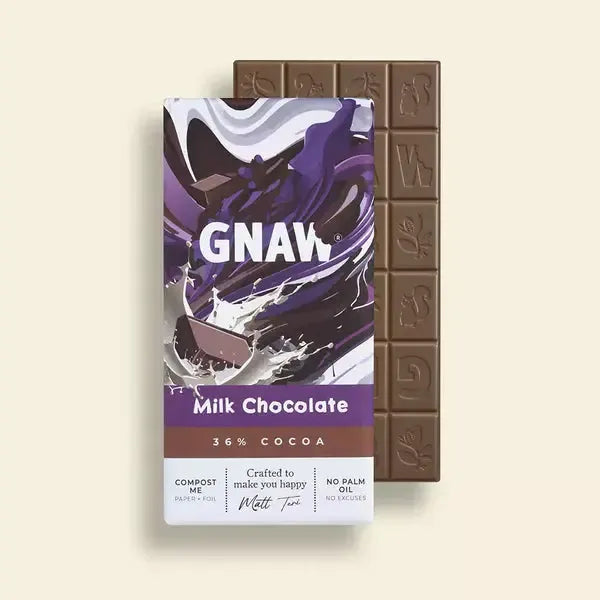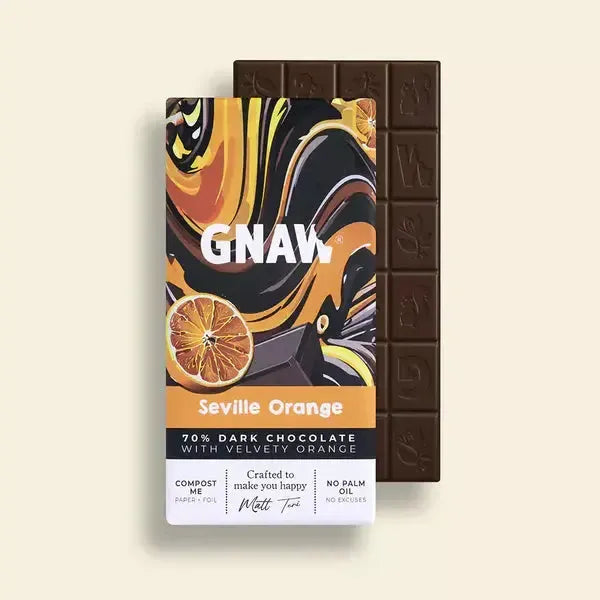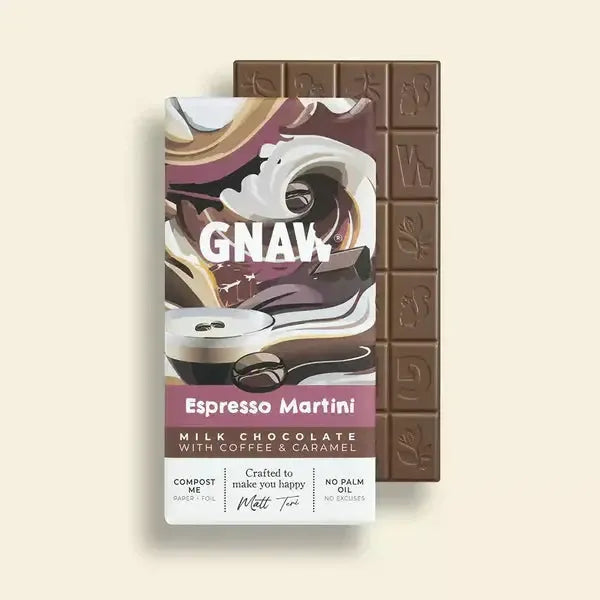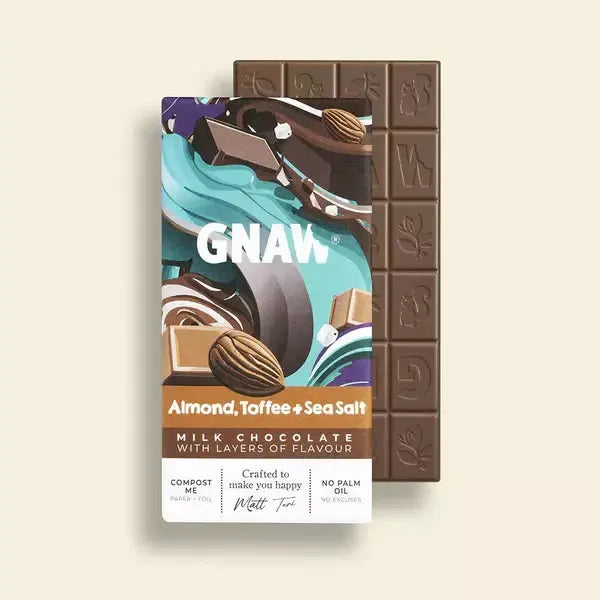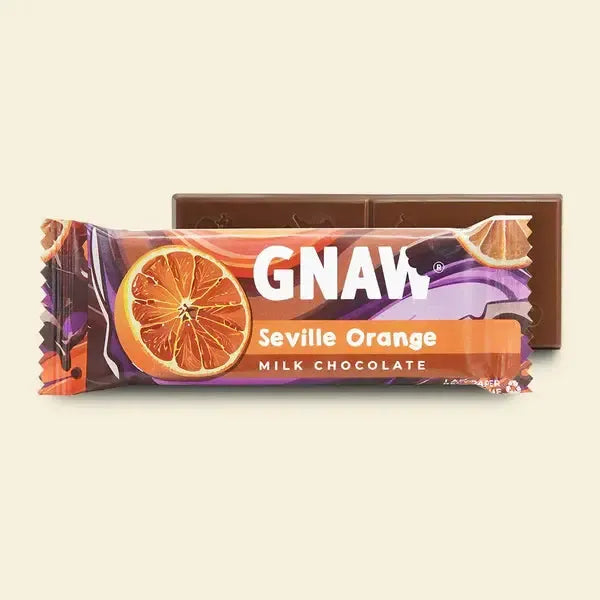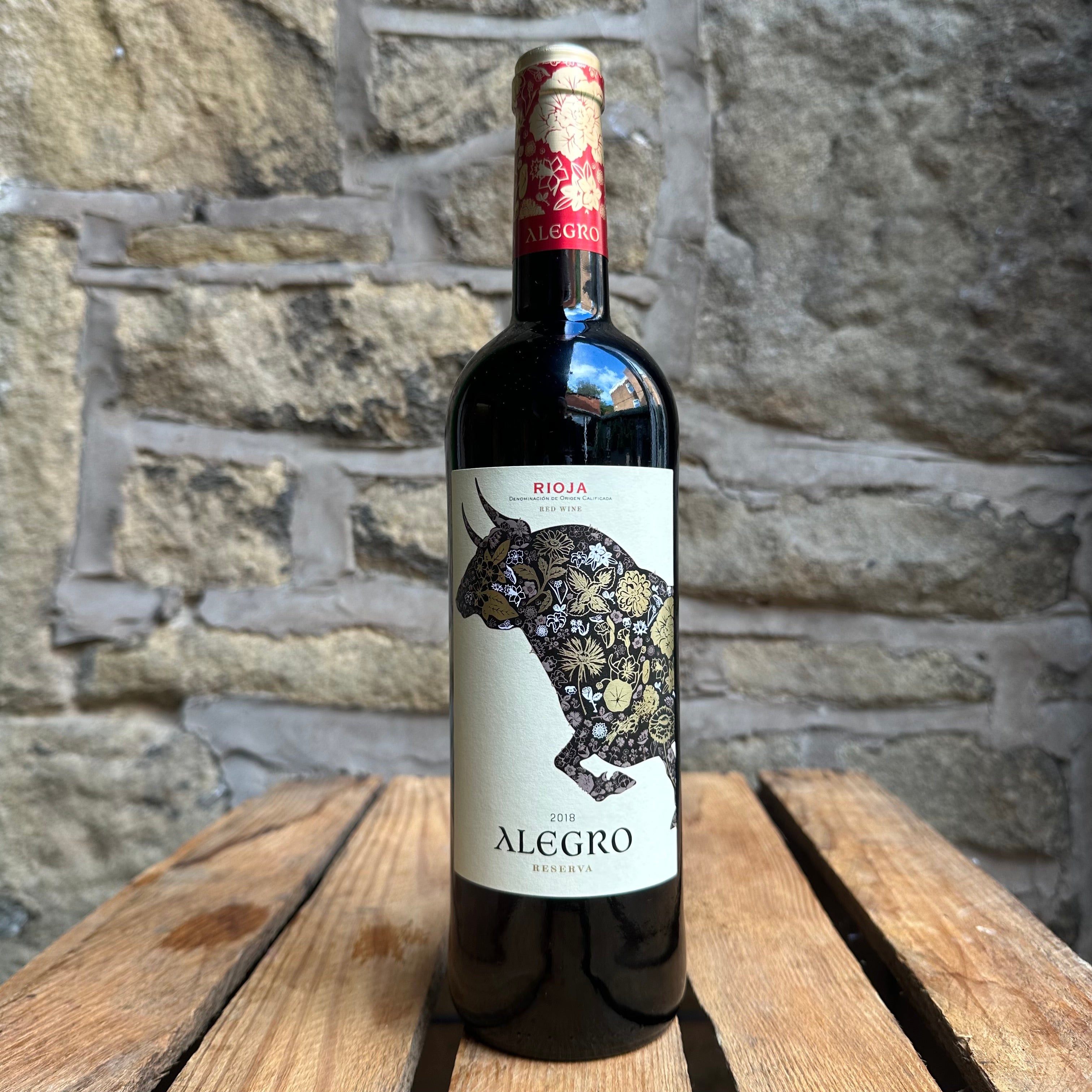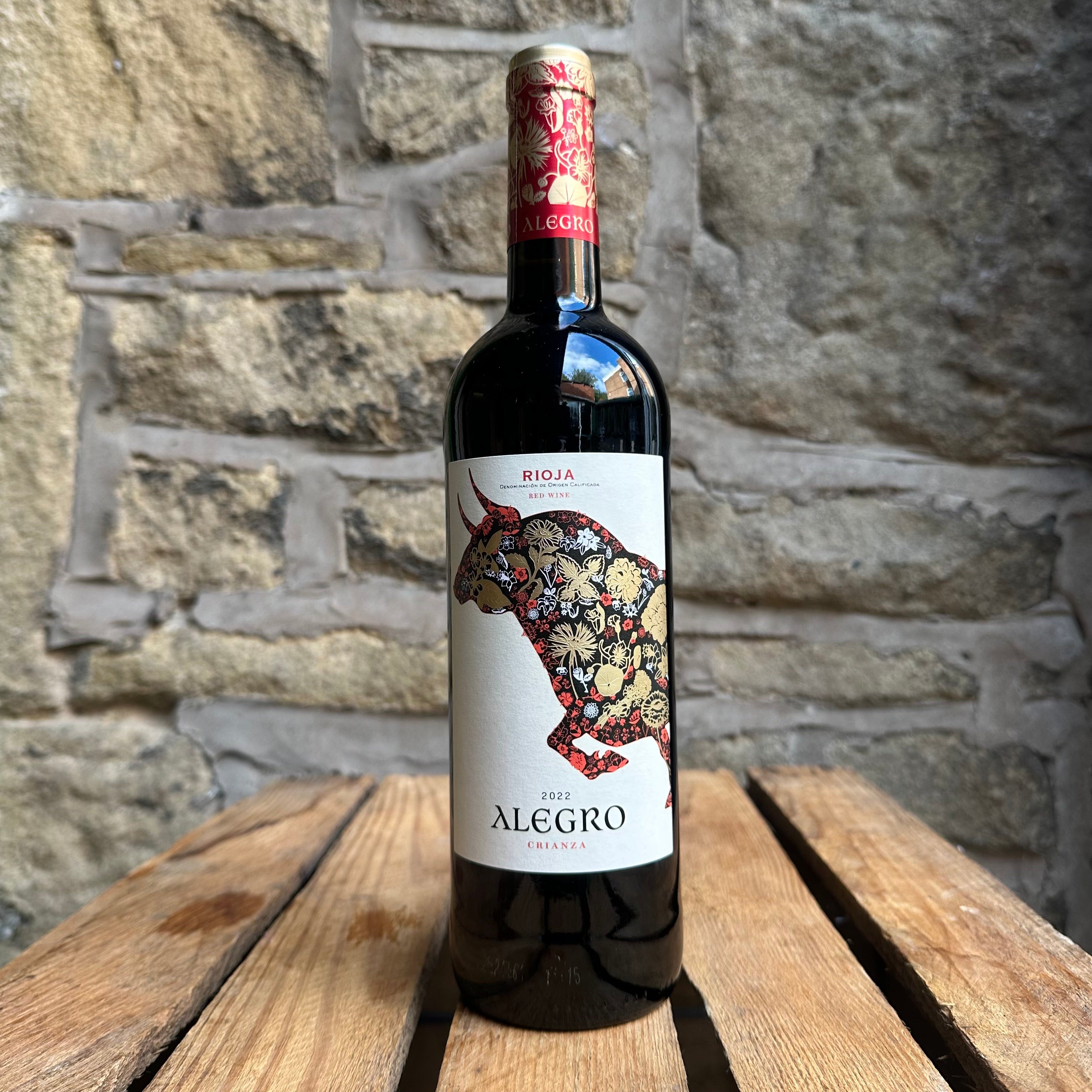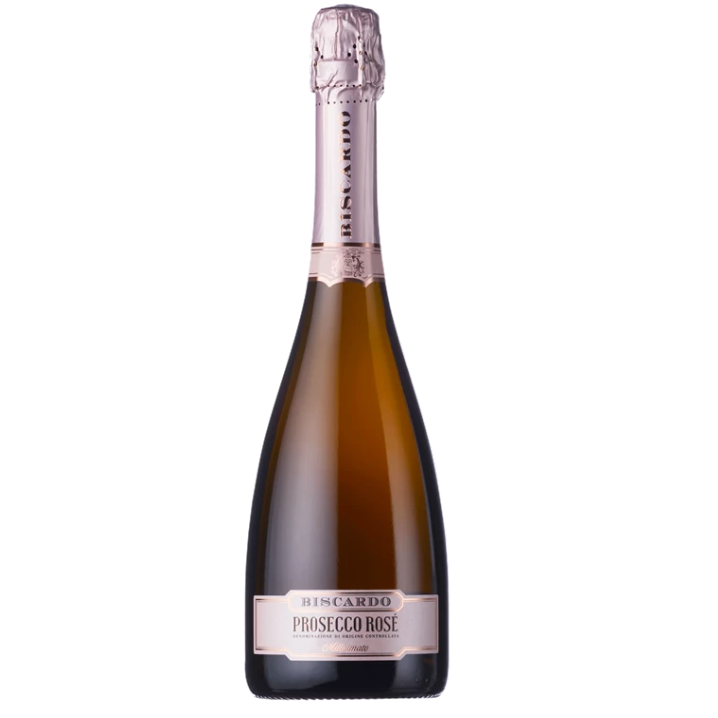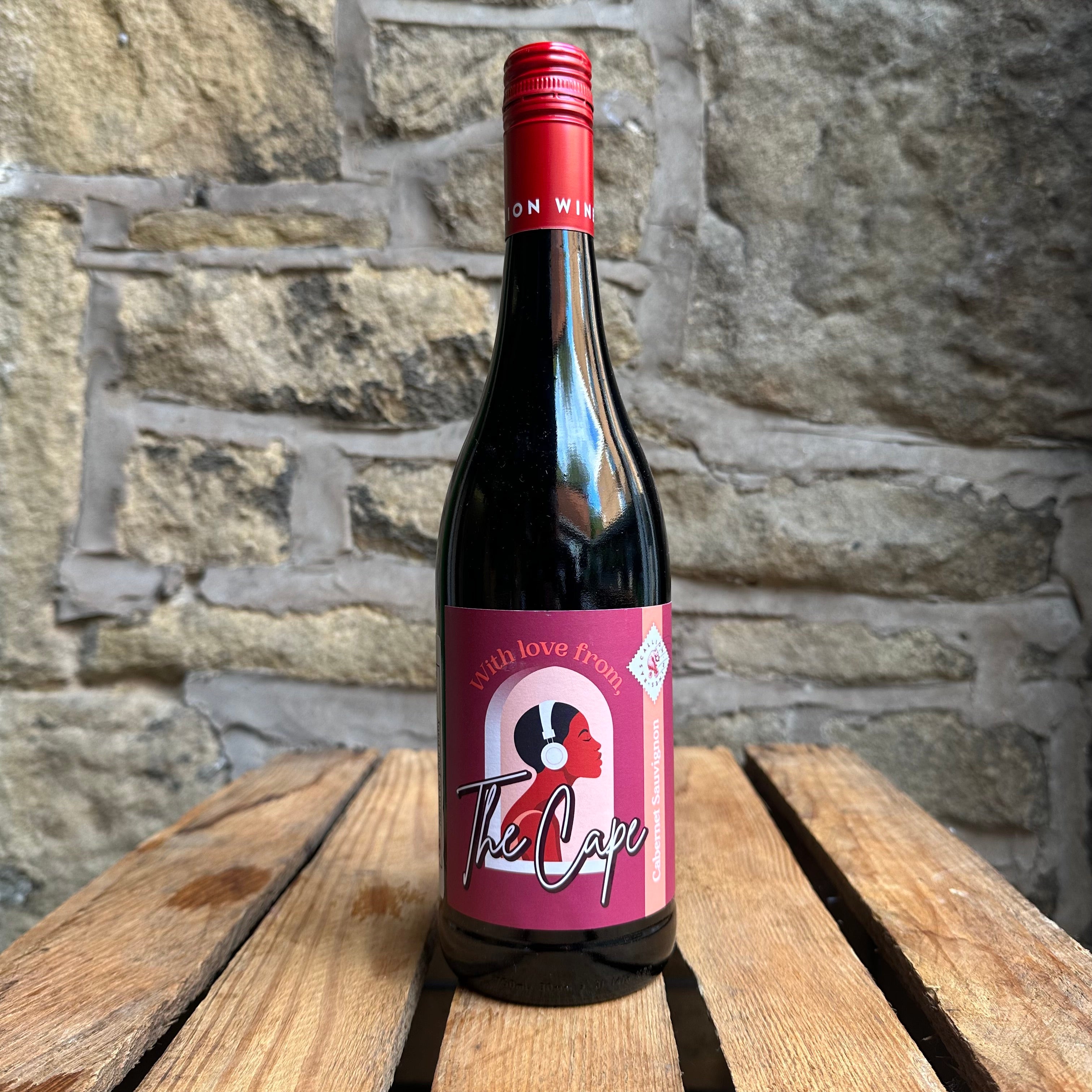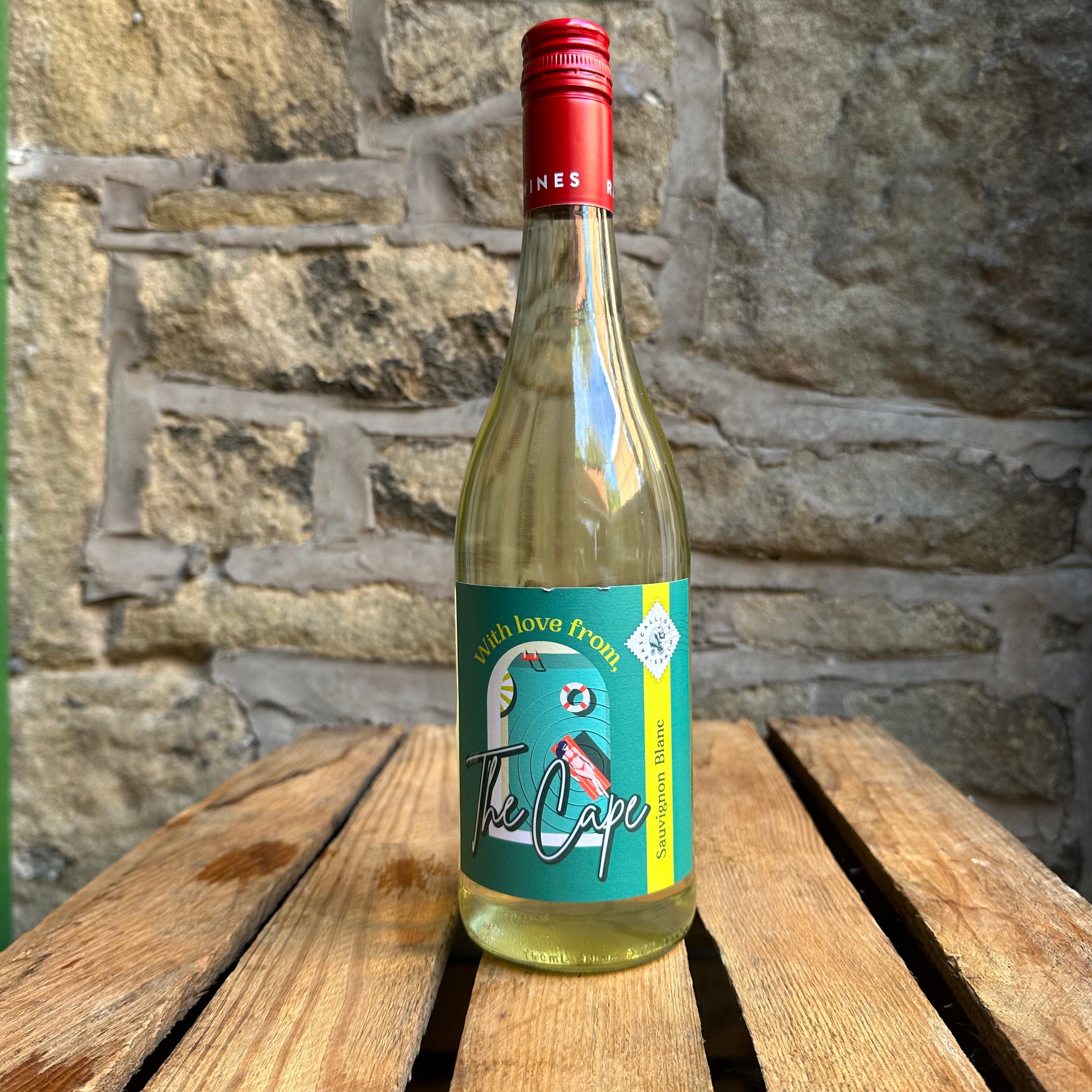
Quintessentially Cahors

We often turn to South America, in particular Argentina, for Malbec. However, from the middle ages to the late 19th century, its adopted European home was the thriving town of Cahors in southwest France. Solid loyalty to this grape combined with a new generation of winemakers complementing centuries of traditional expertise, means it is back on the radar for wine lovers internationally.
History & Terroir
An Appellation d'Origine Controllee (AOC), Cahors-labelled wine is always red with at least 70% Malbec and up to 30% Merlot or Tannat in the blend. The love for Malbec began as far back as 50 BC, when Ancient Romans planted the first vines along the river Lot. Reputation thrived, but after the phylloxera devastation to the country's grapevines in the 1880s, and a bought of frost that called for mass replanting of vines during the 1950's, Cahors took time to recover. With the help of new viticulture techniques, historical expertise, good soils and micro climates, the town is now regaining ground and producing higher quality wines than ever before. Vineyards lie on plateau terraces along the river Lot, ensuring high altitude cooling breezes to soothe vines during Mediterranean-style summer months. Good drainage, lots of sunlight, and clay-limestone soils complete the package, with many vine cultivators able to combat the potential frosts during harsh winters from surrounding hills and mountains.
Malbec vs Malbec
So, what makes Cahors Malbec different to that of, say, Argentina? Firstly, although warm, the non-tropical climate brings more breadth of finesse, with herbaceous and spice notes balancing fresh black fruit that is not as intensely jammy as South American Malbec wines. The careful blending with Merlot or Tannat also adds dimension, often bringing a lighter, leaner mouthfeel and extra versatility for food pairing. All personal palates are different, and the more present, yet structured, tannins and higher dry acidity may not be to everyone's taste, but Cahors Malbec is certainly one to try and compare, especially if you wish to have a wine that unravels in complexity throughout an evening,
Clos Troteligotte & Emmanuel Rybinski
A winemaker of note is Emmanuel Rybinski, part of a winemaking family in the small village of Villeseque with 29 acres of vineyards on iron-rich plateaus at 1,400 feet elevation. Emmanuel has embraced organic viticulture and gained certification in 2005, with a constant aim to work completely in harmony with the environment through bio-dynamic cultivation. His range of wines are from individual small parcels of vines, reflecting the difference in soils throughout the estate. The result is wines from Clos Troteligotte that perfectly reflect both traditional and modern wine. Natural production ensures the full character of grapes shines through alongside the refreshing minerality from soils.
If you are tempted to try Malbec with that Cahors twist, we highly recommend their K-Nom Malbec (12.5% £14.60). This is perhaps their most approachable bottling, with 85% Malbec and 15% Merlot to balance plush fruit with dark mineral structure. Unoaked, the wine is not exposed to yeasts or enzymes during early stages to keep the fruity aromas intact. At least 1 year of maturation ensures concentration and smooth texture. Briary raspberry is the dominant fruit in this eminently quaffable wine, with soft acids that only enhance its drinkability before traditional dark berries fall mid-palate. The polished tannins allow for a silky, long-lasting finish that even provides a subtle lick of pineapple alongside tobacco spice and earthy notes.
Clos Troteligotte vineyard - Photo credit https://clostroteligotte.com/
